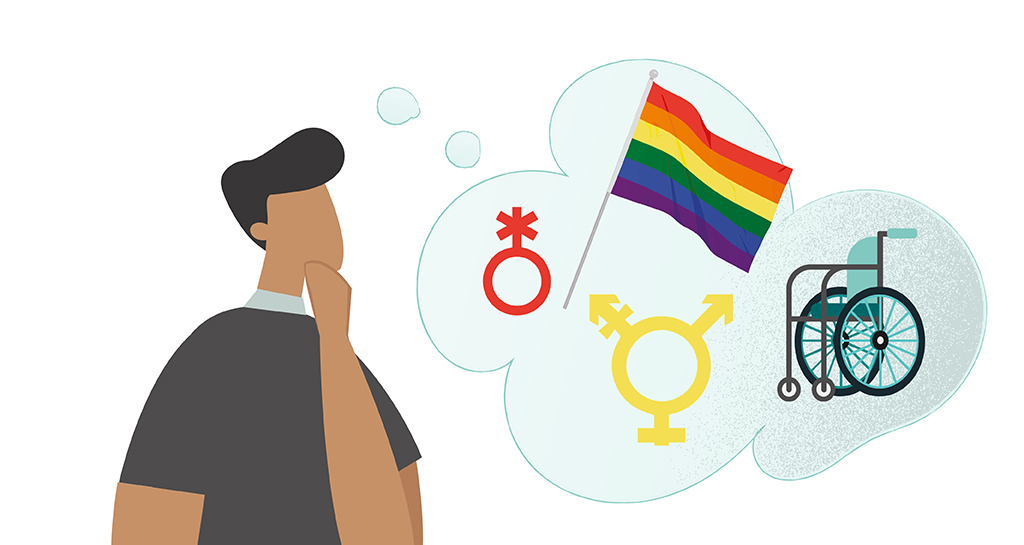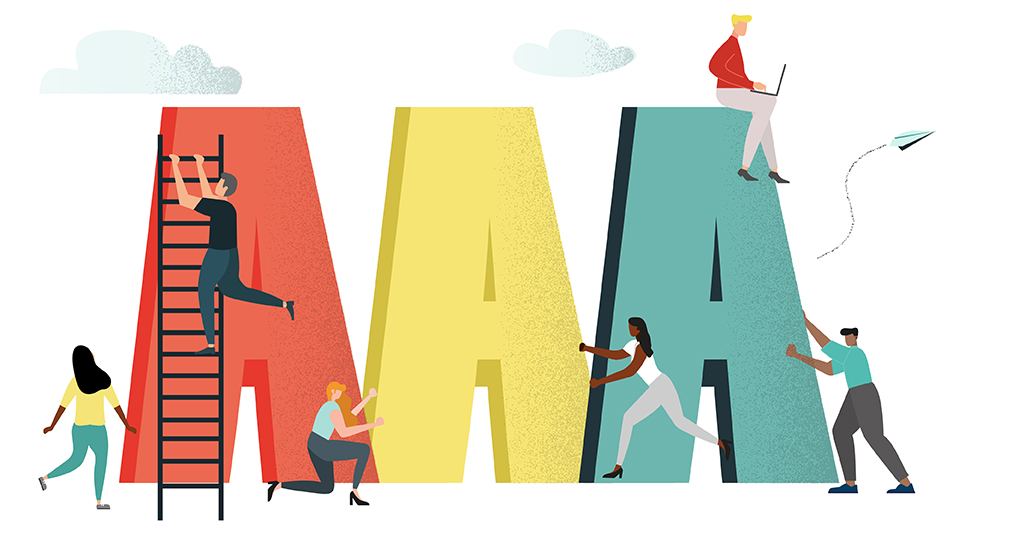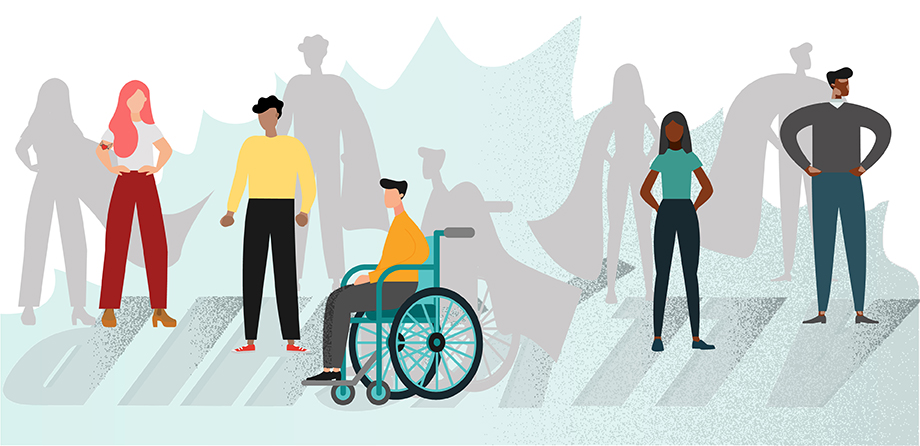Authentic Allyship in the Workplace: How To
The timing of the pandemic has been crucial to the mobility of the civil rights movement this year. With more of us than normal staying at home, not having excuses of being ‘busy’ meant that not showing up and fighting (even from home) was out of the question. Unfortunately, the movement became somewhat of a trend for people to be seen as doing something and often not following through. This performative action is damaging and now that the ‘trend’ has died down, the momentum is slowing down.
So how do we keep the momentum going? Allyship is a great place to start!
Allyship can often fall into this bracket of performativity without us realising it, so we need to ask ourselves: are we following through with our words and being authentic allies?
Distinguishing between Performativity and Authentic Allyship – let’s compare:
Performativity:
1.Broad Gestures, Aesthetics over educational value
2.Ticking CSR boxes but not scaling it from an individual to a companywide level
3.Not following through Publicly proclaiming/privately doing nothing
4.Policy change without the culture change
5.Doing for a virtuous reward (praise/approval)
6.Scanning sources without furthering your knowledge in them
Authentic Allyship:
1.Doing without announcing – at the core, allyship required us to remove selfish desire to fight and announcing for validation doesn’t fall into this.
2.Translating action into every part of our lives – educating, calling other out for their actions whether it’s home or workplace
3.Speaking up but not talking over – finding a balance between utilising your voice but not speaking for or over oppressed groups
‘Being an ally doesn’t necessarily mean you fully understand what it feels like to be oppressed. It means you’re taking on the struggle as your own.’ says Amelie Lamont in their resource, The Guide to Allyship.
Let’s unpack that with 4 markers to check our allyship against:
1.Self-awareness:

Take some time to think about:
What are my implicit biases and what am I doing to change them?
How has my perspective been shaped by oppressive systems?
Where have I gone wrong and what am I doing to actively change?
Is this my time to talk or listen?
2.Recognition:
Once we are aware of ourselves in relation to social injustice, it becomes easier to follow through in actively recognising them
Do I recognise social injustice as my issue or someone elses?
What are my privileges and how are they affecting those around me?
Am I showing up for others or relying on them to fight?
Most importantly, we need to recognise that whilst we might not necessarily be able to understand the feeling of oppression, we have power in our positions of privilege – this recognition becomes our tool to fight besides those who are oppressed!
3.De-centering ourselves:

Being an authentic ally requires a huge perspective shift from a point of privilege to an oppressed one, but this is easier said than done…
A good way to test this is to think about a conversation you might have recently had in the workplace with someone of an oppressed group.
Did your response engage in their words, reflecting on their perspective or rather an internalised opinion?
We all want to be listened to without having our narrative questioned. For more advice on these conversations, check out our top tips in this blog post!
4.Taking it upon yourself:
Many of us are lucky to learn about discrimination rather than experience it, free of the emotional weight that can come with it. We are finding ourselves being more mindful than ever of not adding the responsibility of teaching to that weight but taking it on ourselves to learn and fight social injustice actively.
It might feel like there are a load of things to coordinate, so, whilst there’s lots to explore about allyship, we’ve condensed it into 3 main stepping stones.
3 A’s of Authentic Allyship in the workplace:

Acknowledgement – of yourself and who you work with. Your position in the company, how you got this role and whether that was dependent on privilege.
Advocacy – advocating for more diversity in hiring schemes, more diversity and inclusion programmes in your workplace, lending opportunities to marginalised groups, assisting with growth opportunities fairly if possible.
Action – The key here is not waiting for an incident in which to act but, to be an active ally. This could be things ranging from open forums and discussions to workplace collated resources eg: a list of books to read if you want to learn about antisemitism, to calling out oppression at work when there is an incident.
Being an ally can be an intimidating thing, but at NKD we like to create and be part of the change! If you’re ready to start having these conversations but aren’t sure where to start – we can help, give us a call or read our blog on how to approach conversations on diversity and inclusion to get you started.
